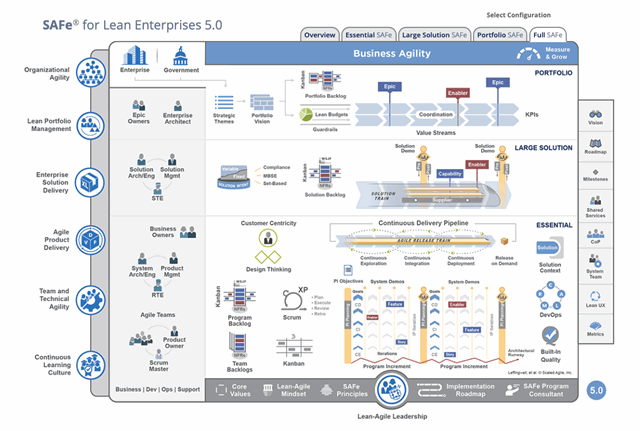Agile methods and agile transformation
Change has become commonplace for organizations, and change is happening at a rapidly increasing rate. Therefore, the competitiveness of organizations has become dependent on the ability to adapt quickly, to adapt, and to be able to seize the opportunities that come. Implementing agile working methods and forms is one way to increase the organization's ability to change rapidly.
When we talk about working agile, we are inspired by the small start-up, which can quickly make decisions, change priorities and is close to the customer to constantly understand needs and desires. In larger organizations, some of these abilities are lost because processes, organization, and governance principles strain the legs of agility. Therefore, agile implementation or transformation is about simplifying processes, delegating responsibility but also creating an agile culture.
Working agile is therefore precisely about putting the customer at the center, at the same time as the organization's potential to create unique deliveries is increased through other ways of organizing. But succeeding in working agile is also about finding out what agile means to you, what kind of agile setup will suit and how and at what pace the change towards agile should happen.
For us at MetierWestergaard, an agile transformation is about ensuring the right competencies are in place, working with processes and organization, and last but not least, changing the mindset and culture. All three elements are essential for a successful agile journey.
Agile methods
Many organizations are looking towards agile methods to increase the ability to adapt to the changing needs of customers. When we work with agile methods at our customers, this includes agile at 3rd levels - at portfolio level, at project level and at operational level (in the operating organization).
We work with organizations
We have developed an agile compass, which we use in the organization to set the direction for how agile we want to be and in what way. The agile compass gives the organization a quick overview of possible focus areas and insight into the effects of these. The compass is also a good opportunity for a team to gain a common understanding of the agile journey, and the foundation created through the common understanding is crucial for the journey of change.
If you want further information or advice on project management, you are also welcome to contact us.


